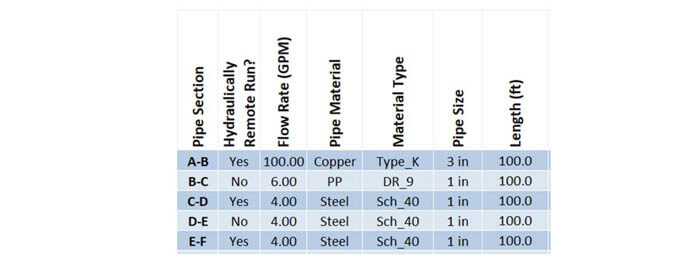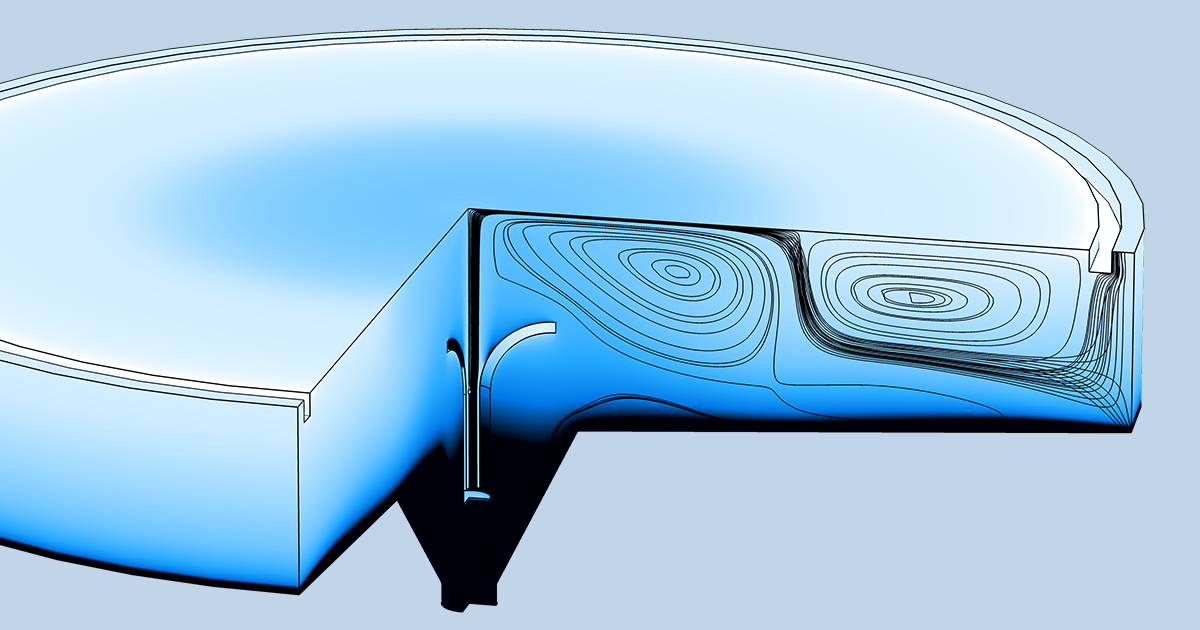
If you were to do this on an older system, such as systems I see a lot, by splicing a length of new 1/2" copper pipe into an old, corroded 3/4" galvanized line, static pressure on the pipe walls upstream of the reduction would be increased during flow but not at rest. Increasing the size of the pipe anywhere in the system will reduce pipe static wall pressure, during flow, while increasing volume of flow, but reducing it will increase static wall pressure, during flow upsteam of the reduction while reducing volume of flow. It is not necessary to increase the diameter of the entire supply pipe from the system to that fixture to improve volume. Increasing the diameter of any section of pipe along the way to that fixture will normally eliminate, to a large degree, the drop in pressure experienced at that fixture, by increasing the volume of water moving to it. The more fixtures are opened at once, the lower the delivered pressure and flow is available at any given fixture. One thing to pay attention to is that the "bottleneck" theory doesn't really apply to plumbing systems.

This is a simplification though, since friction on pipe walls will also affect delivered pressure. Actually, the force is unaffected by anything other than gravity and it is the flow that is being manipulated. By reducing the diameter of the plumbing to the second floor, the plumber provides the homeowner with the perception that pressure is unaffected because the water seems to be pushed out of the smaller opening with more force. This means that if you have 65 psi delivered by the main, you'll have only about 57 psi available at a second floor tap. Most homes lose about 8 psi moving water to the second story. For every foot of elevation, approximately. Something else which affects static pressure and flow will be elevation, since gravity has a great deal to do with delivered pressure. How much depends on how far from the source the opening is, pipe diameter and condition of pipe. Once a faucet is opened, static pressure drops. With all faucets shut off and a working pressure of 65 psi, there will be 65 psi of static pressure at all points in the system, if the system is perfectly level. Static pressure is that which is exerted against the pipe walls when there is no water flowing. Typical water pressures for a city are about 45 to 75 psi of static pressure.

Water pressure (flow) is a result of many factors, such as the pressure from the source(city or pump), size and shape of the pipe openings and pressure at openings. Maybe I need to back up a little here and clarify, since most folks think that reduced diameter will increase pressure, which isn't the case in all instances. If a different pipe diameter must be used a larger pipe is preferred, as this will result in increased volume of flow without resulting in an increase in static pressure exerted anywhere along the walls of the pipe. When different materials are being intermingled, the recommendation is then to ensure that all of the pipe has the same inside diameter regardless of material. When plumbing is replaced in a system, it is generally understood that pipe identical with the existing plumbing is preferred unless a complete re-plumb is taking place. If that is your question, the situation is different. However, your question, "Is there any problem with not using a 3/4" pipe to supply the tub, besides a slower fill," raises the possibility that you're actually asking about the supply risers to the tub from the system. Since the place where the reduced pipe is used is at the immediate outlet point of the system, it should not have much of an affect on the system other than to result in a slower fill speed. I'm not a plumber, so I'll answer the question from a home inspector's perspective. Sorry.įrom the title of your post, "Pipe For Tub Spout," it appears you are only concerned with the outlet stub and not the supply piping to the tub. I was just not hitting on all cylinders when I logged on before having my coffee.


Actually, your question does delve into building science to some degree. It wasn't until after I'd had my coffee that I realized that the answer I'd posted immediately after waking had addressed only Troy's response to Frank's very curt answer and not your original question. I hope you'll accept my apology for the mugging.


 0 kommentar(er)
0 kommentar(er)
